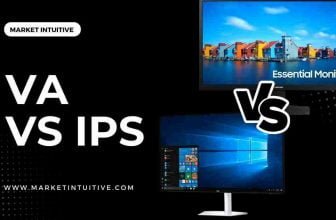LCD vs IPS: Which Display Is Better For Your Needs?
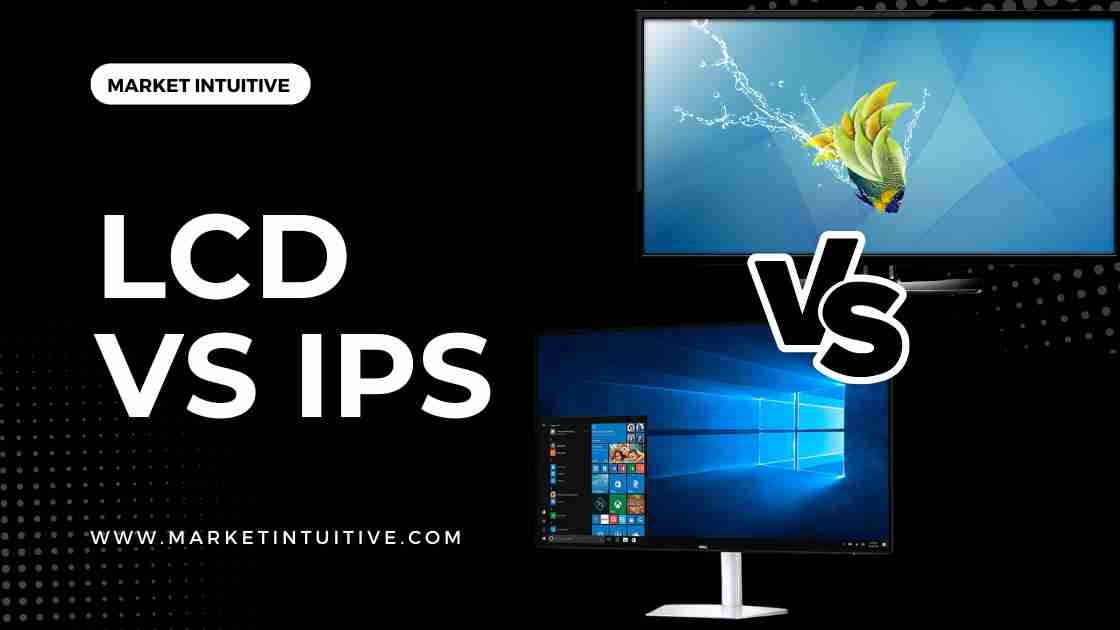
In today’s article, I will share the difference between LCD vs IPS monitors.
IPS (In-Plane Switching) display technology provides a wide range of colors and wide viewing angles, whereas LCD monitors use a fluorescent backlight to illuminate the screen.
I will look at IPS displays and LCD technology in detail in this article. I will also compare IPS displays with LED-backlit displays.
LCD vs IPS Monitors: What’s the Difference?
What Is An LCD (Liquid Crystal Display)?
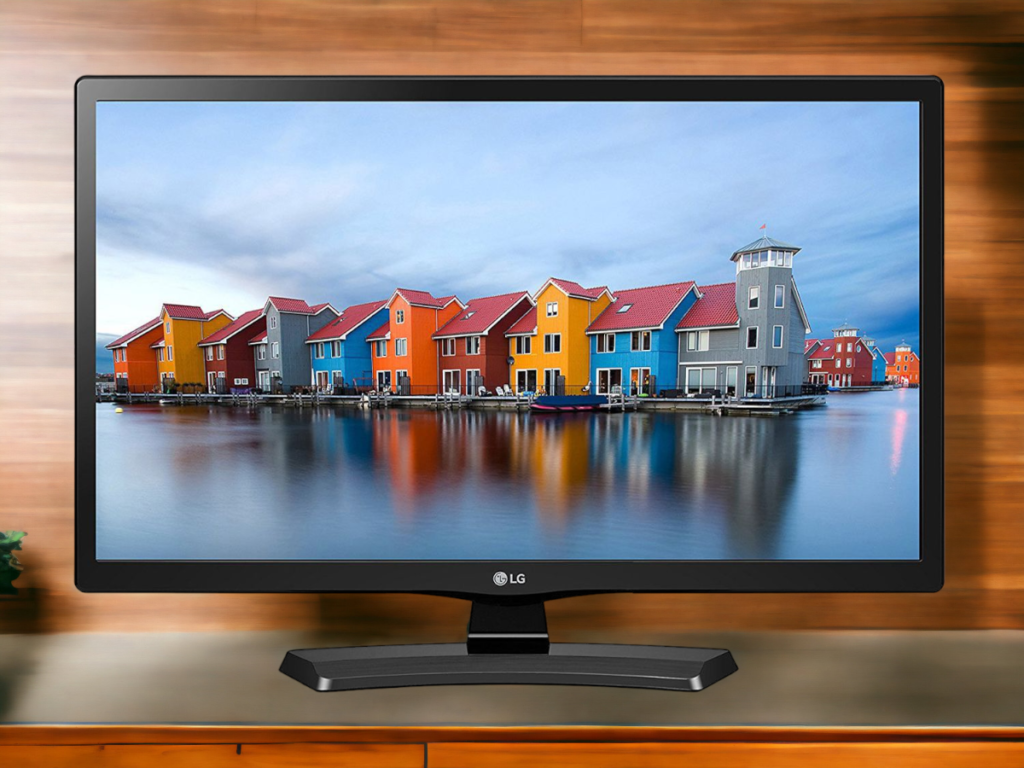
An LCD monitor is the most common type of monitor. They utilize liquid crystals that alter the light to generate a specific color.
LCD monitors use CCFL (Cold Cathode Fluorescent Lamp) backlighting technology.
The backlighting ensures even brightness across the entire screen. However, LCD monitors don’t provide the greatest picture quality. The monitors don’t offer dimming abilities, so darker scenes may appear excessively bright, lowering picture quality.
LCD technologies work by blocking light rather than emitting it. Because LCDs consume less power than LED displays, they produce images using a backlight rather than emitting light.
What Is An IPS (In-Plane Switching) Display?
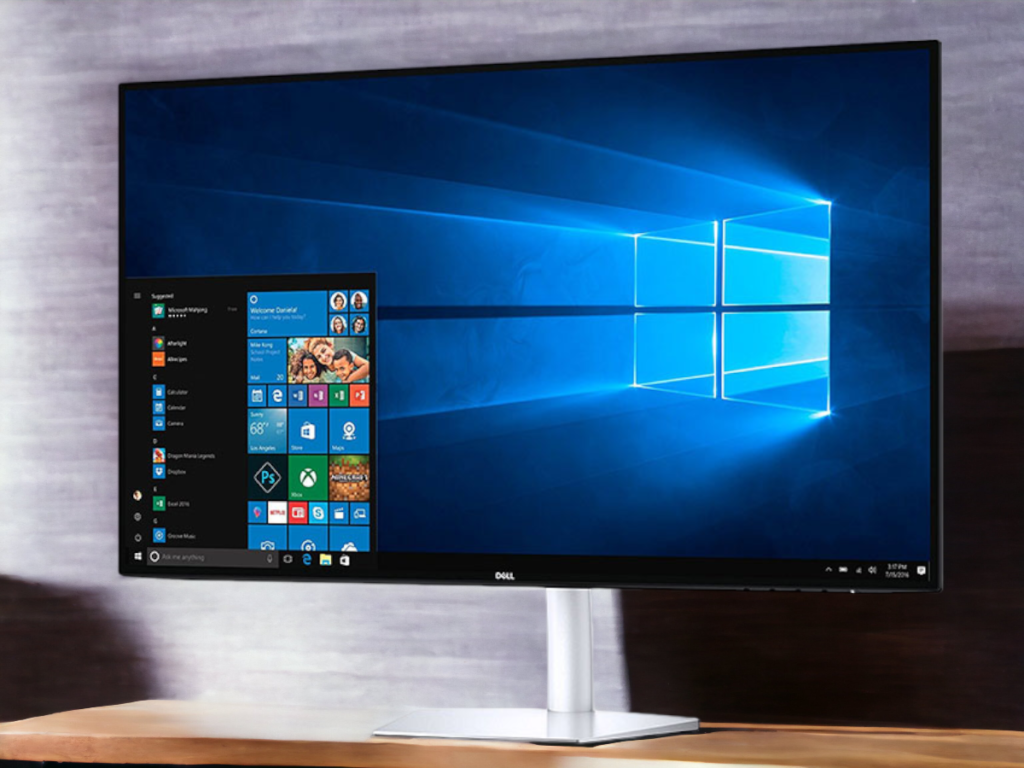
An IPS monitor provides excellent viewing angles. IPS displays are part of LED panels. Regardless of viewing position, you’ll enjoy high-quality images. Color accuracy and image quality don’t change when watching from extreme angles.
While IPS displays provide superb image quality and color reproduction, some IPS monitors may have a high latency and response time, which may not be ideal for gaming.
IPS panel displays are LED monitors where liquid crystals are arranged in parallel rather than at right angles.
LCD vs IPS Monitors: Pros And Cons
Here are the pros and cons of LCD monitors:
Here are the pros and cons of IPS monitors:
LCD vs IPS Monitors: How Does LCD Technology Work?
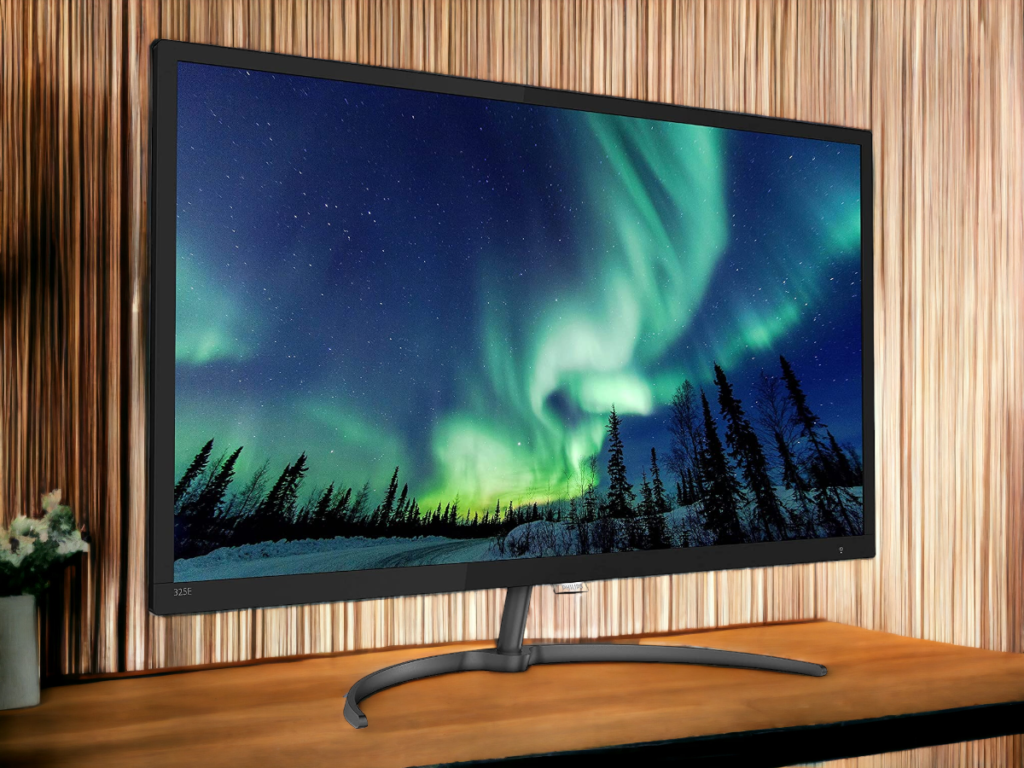
The number of pixels determines the quality of images on display. Subpixels make up a pixel, including blue, red, and green. Your screen changes color combinations to produce different colors.
When pixels work together, you can enjoy millions of colors. LCDs employ backlight technology, and the pixels electronically switch on and off. Polarized light rotates using liquid crystals, and a polarizing glass filter is positioned behind and in front. An electronic switch controls the flow of liquid crystals between the two filters.
LCD screen technologies are of different types:
- IPS panels (in-plane switching) provide enhanced color contrast, great viewing angles, and high contrast ratio.
- TN (twisted nematic) displays are preferred for their high response times. However, they do not provide the most incredible color contrast, contrast ratio, or viewing angles.
- Between TN panels and IPS displays, VA panels are seen as medium quality.
- Advanced Fringe Field Switching (AFFS) provides an enhanced color reproduction range.
- Other display technologies replace LCD panels, including LED screens and OLED televisions (organic light-emitting diodes).
LCD vs IPS Monitors: Is IPS A Type Of LCD?
The LCD panel technology is famous for providing high-quality and lifelike images. In-plane switching is one type of panel technology for LCDs. In addition, it provides better contrast and viewing angles than TN and VA panel technologies.
IPS LCD monitors are an excellent choice for people looking for monitors other than for gaming, as they offer incredible color accuracy. IPS panels are more expensive than TN and VA panels because of the extra advantages.
LCD vs IPS Monitors: Is IPS LED Or LCD?
LED monitors are part of LCD monitors. LED and LCD panel technologies both use Liquid Crystal Displays (LCD). Lamps produce the images you see on your screen at the back of the display.
LCD and LED displays differ in the type of light found at the rear of the screen. An LED monitor has light-emitting diodes, whereas an LCD uses fluorescent lights at the back of the screen.
Two backlighting technologies are used in LED displays, including full array lighting and edge lighting. An entire back-lit screen has LEDs, whereas edge-lit screens have LEDs around the edges.
LCD vs IPS Monitors: Is IPS LCD A Good Option?
IPS panels outperform other LCD technologies, such as Twisted Nematic (TN) and Vertical Alignment (VA) panel technologies. Viewing angles are better with the panel technology than with the TN and VA technologies, ensuring high-quality images when watching from extreme edges.
IPS LCDs can provide more accurate and brighter pictures. You will experience no color degradation or blurry images at any viewing angle.
Graphic or visual artists should select an IPS monitor for accurate colors. They are also excellent for people who want a regular television with high-quality images.
LCD vs IPS Monitors: Is IPS Or LCD The Best Choice For Gaming?
Scientists created IPS technology to overcome the weaknesses of older LCD display technologies such as VA and TN panels. Poor viewing angles and inaccurate colors are just a few of the pitfalls of these technologies.
IPS panels were not well suited for gaming because they suffered from high input lag, slow response times, backlight issues, and increased costs.
Modern IPS monitors are accessible at an affordable price today. IPS monitors provide excellent viewing angles, accurate colors, low input lag, and quick response times, all of which are ideal for gaming.
IPS monitors were once only suitable for artists and graphic designers because of their color accuracy. Today, however, the monitors have been enhanced, making them ideal for gaming. A faster response time minimizes delay while playing games.
IPS panels provide better picture processing and faster pixel switching for a smooth gaming experience.
IPS monitors are more expensive than TN and VA displays, but you can now purchase a premium one for an affordable price. Besides being cheaper to buy, IPS monitors are also more cost-effective. Their lower power consumption helps to reduce your energy bills.
The monitors provide a high refresh rate, which is essential for various games. The increased refresh rate prevents screen tearing and game stuttering while playing quick games.
FAQs (Frequently Asked Questions) On LCD vs IPS
1. Which is better IPS or LCD?
IPS panels outperform other LCD technologies such as TN and VA panel technologies. IPS panels offer better viewing angles than TN and VA technologies, preserving high-quality images no matter where one sits.
2. Is LCD or IPS better for gaming?
Modern games require an LCD display with a variety of advantages over its predecessors, including bigger, better, brighter colour contrast, visual and sound quality, as well as more durable viewing angles. IPS displays provide all of these benefits plus more.
3. Is IPS panel LCD or LED?
There are four main monitor panel types; IPS is one of them. LCD panel technology includes TN, VA, and OLED panels, all of which are included.
Conclusion: LCD Vs IPS
More recent technologies, such as LED and OLED panels, surpass LCD panel technology. IPS panels are a type of LCD panel technology.
IPS monitors have a slim design, making them suitable for multi-monitor setups and wall mounting. IPS monitors provide better viewing angles, color accuracy, and contrast than VA and TN LCD technologies.
Unlike LCD monitors that utilize fluorescent bulbs, IPS LED monitors use light-emitting diodes. The light-emitting diodes are smaller than the fluorescent ones, resulting in a slim design. Furthermore, local dimming enhances black levels and contrasts, resulting in excellent picture quality.
I hope this article on LCD vs IPS sounds helpful!






